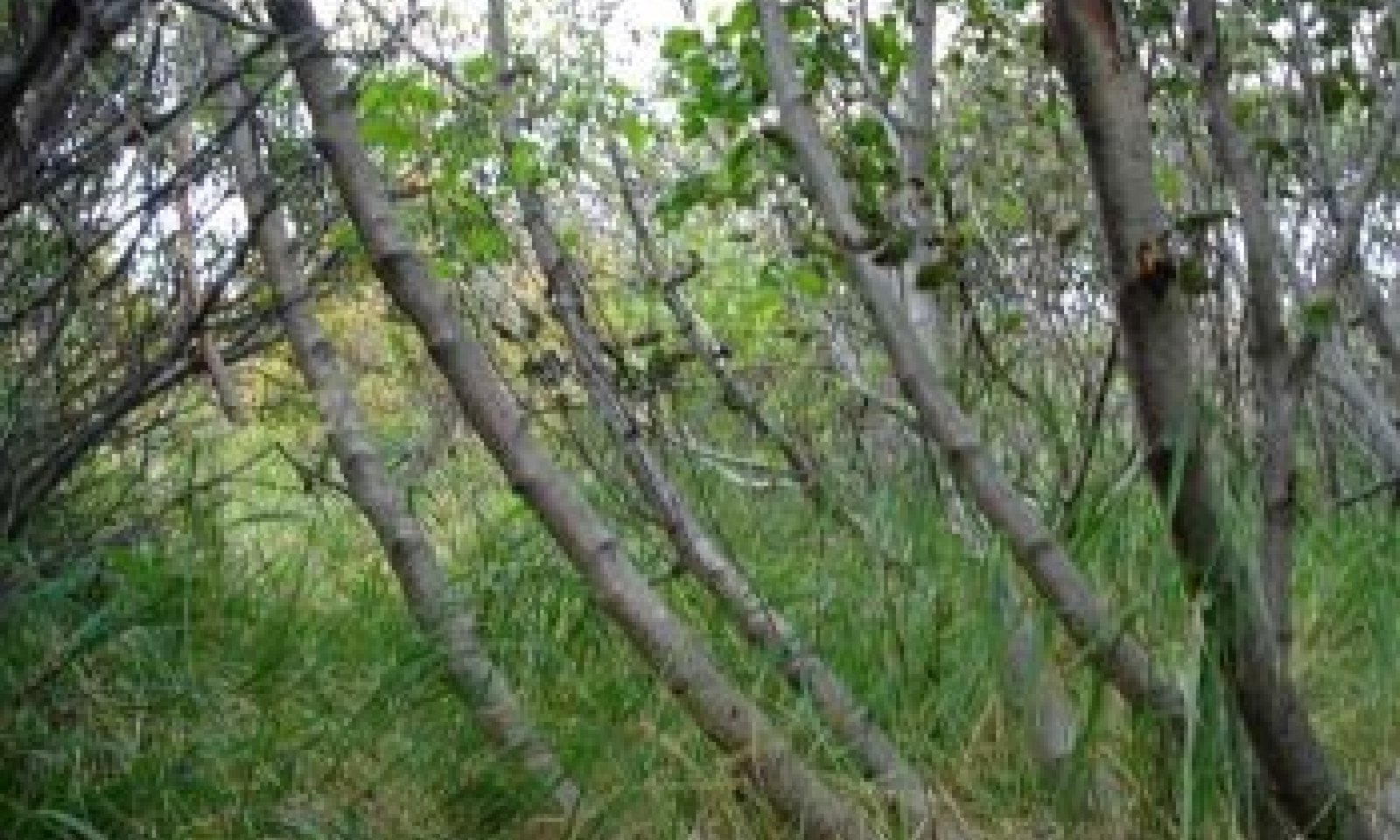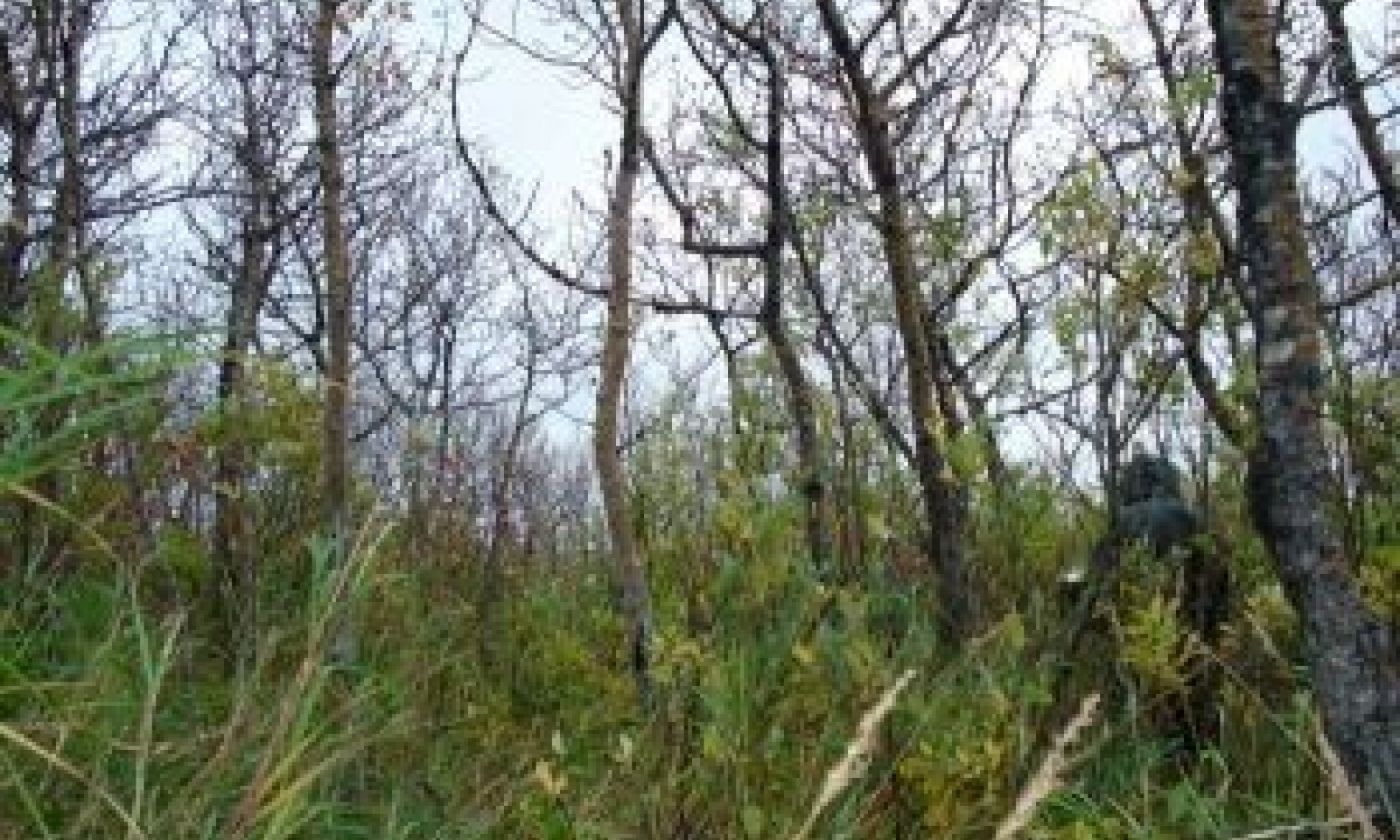
Subarctic Tall Scrub Loamy Convex Hillslopes
Scenario model
Current ecosystem state
Select a state
Management practices/drivers
Select a transition or restoration pathway
-
Transition T1A
Anthropogenic land use.
More details -
Restoration pathway R2A
Restoration practice
More details -
No transition or restoration pathway between the selected states has been described
Target ecosystem state
Select a state
State 1
Reference State





Description
The reference state supports two community phases, which are grouped by the structure and dominance of the vegetation (e.g., trees, shrubs, graminoids, and forbs) and by their ecological function and stability. The reference community phase is characterized by tall, dense scrubland that has graminoids and forbs throughout. The presence of these communities is temporally dictated by erosion. An alternate state is a result of the anthropogenic removal of shrubs.
Submodel
State 2
Cultural/Agronomic State



Description
This alternate state results from cultural or agronomic activity, typically in towns and villages. The dense community of shrubs is cleared, which may allow balsam poplar (Populus balsamifera) to propagate. Eventually, a woodland community that has many understory species extant in the reference state may develop.
Continued anthropogenic activity typically prevents the woodland community from returning to the reference state. If erosion of embankments removes all of the vegetation, however, the early erosional community phase (community 1.2) likely will establish. Hypothetically, if the woodland is clearcut and managed to prevent tree propagation, a transition toward community 1.1 may occur. No evidence of either of these restorative pathways was documented in situ.
Submodel
Mechanism
Cultural or agronomic activity may shift the community to an alternate state. Medium and tall shrubs are removed from the reference community phase, and balsam poplar trees colonize or are planted. Under continued management of alder, a new woodland understory may become established. It is similar to that of community phase 1.1, but it has fewer shrubs and forbs and more graminoids.
Mechanism
The agronomic state may return to the reference state under managed plantings. It is unknown if this process will occur naturally, though the plants of the reference state are quick-growing disturbance-loving species. Further information is required to fully describe this transformation.
Model keys
Briefcase
Add ecological sites and Major Land Resource Areas to your briefcase by clicking on the briefcase (![]() ) icon wherever it occurs. Drag and drop items to reorder. Cookies are used to store briefcase items between browsing sessions. Because of this, the number of items that can be added to your briefcase is limited, and briefcase items added on one device and browser cannot be accessed from another device or browser. Users who do not wish to place cookies on their devices should not use the briefcase tool. Briefcase cookies serve no other purpose than described here and are deleted whenever browsing history is cleared.
) icon wherever it occurs. Drag and drop items to reorder. Cookies are used to store briefcase items between browsing sessions. Because of this, the number of items that can be added to your briefcase is limited, and briefcase items added on one device and browser cannot be accessed from another device or browser. Users who do not wish to place cookies on their devices should not use the briefcase tool. Briefcase cookies serve no other purpose than described here and are deleted whenever browsing history is cleared.
Ecological sites
Major Land Resource Areas
The Ecosystem Dynamics Interpretive Tool is an information system framework developed by the USDA-ARS Jornada Experimental Range, USDA Natural Resources Conservation Service, and New Mexico State University.

